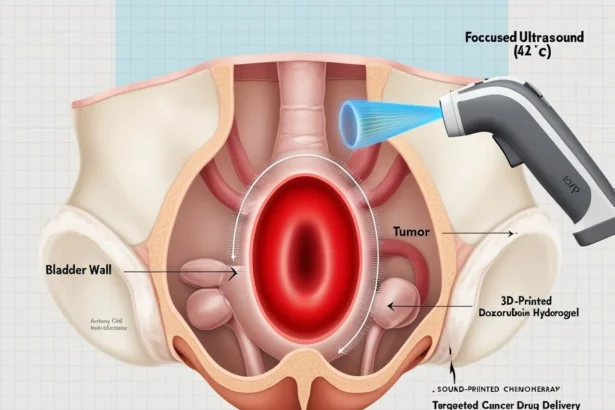
Senior Alec Tripi, a member of the GW Biomedical Engineering Society, sits with a prosthetic hand that his team has produced.
This article highlights the collaboration between biomedical engineering students and a humanitarian organization to create affordable 3D-printed prosthetic limbs for children.
Alec Tripi, a senior member of the GW Biomedical Engineering Society, has been spearheading a collaboration with e-NABLE for over a year. e-NABLE is a well-known national organization that developed the first 3D printable prosthetic hand and provides open-source designs for assistive devices. Through this partnership, amputees are able to receive prosthetics at no charge. Tripi mentioned that his team has contributed numerous medical devices to organizations such as Infinite Technologies Orthotics and Prosthetics, which assist child amputees who often outgrow their devices.
“Kids usually aren’t covered by insurance for prosthetics due to their frequent size changes,” Tripi explained. Providing children with upper-limb prosthetics can be challenging due to their rapid growth, similar to how kids outgrow their shoes.
Tripi mentioned that the partnership started with a prosthetic workshop last spring, which is one of the philanthropic projects organized by GW BMES, an engineering group dedicated to professional development and community outreach. During the workshop, GW BMES members created devices to donate that cost around $20 to make, including printing filament and screws.
“These procedures are often not covered by insurance since they are not considered medically necessary in many situations,” Tripi explained. Furthermore, they demand a significant amount of upkeep. If a breakdown occurs, you are responsible for covering the copay fees, repair costs, and all other expenses.
Tripi mentioned that e-NABLE’s goal is to increase access to affordable 3D prosthetic printing by facilitating the sharing of design files among creators. Tripi mentioned that he downloaded pre-made 3D models online, made modifications using design software such as Fusion 360, and then utilized GW’s facilities for printing to cut down on production expenses.
“I’ve made my own modifications throughout the years to make it more simple, like changing where the holes are for better leverage, the tensioning, and that sort of thing,” Tripi said. Minor adjustments have been implemented, with the original files readily available for download online, making it convenient for anyone without the need to create a design from the ground up.
Tripi mentioned the possibility of future expansion beyond the workshop last spring and highlighted his experience working with sensors for prosthetics as a researcher. He expressed his desire to discover an affordable method to incorporate tactile feedback into his designs, enabling individuals using prosthetics to experience sensation beyond just grasping.
The workshop has contributed numerous 3D-printed prosthetic limbs to local organizations such as Infinite Technologies, an Arlington orthotics and prosthetics clinic, since the start of the partnership last spring.
“I certainly look forward to seeing this project continued at GW,” Tripi expressed. Looking forward to being here next year for my master’s and assisting organizations interested in advancing this project.
Tripi expressed his passion for the potential positive impact of reducing the cost of prosthetic limbs on patients, enabling them to become more mobile and active. According to him, the devices help patients maintain good health, stay in shape, and improve their mood, while also being more affordable.
“It also alleviates strain on the health care system as people can go out, engage in activities, and feel a sense of normalcy, which is significant for mental health and active participation,” Tripi expressed.
Zaynah Khan, the Co-President of BMES, is collaborating with another co-president on a project to lower patient expenses for hearing aids. Khan mentioned their intention to utilize the 3D printer for creating hearing aids and then giving them away.
“It’s similar to prosthetics in that it involves designing affordable hearing aids,” Khan explained.
Phoenix Price, an Innovation Center Lab Technician, assisted Tripi in creating prosthetics for BMES last spring. This level of print job necessitates students to account for filament expenses, which were approximately $20 in Tripi’s situation. Price mentioned that the Innovation Center located in the basement of Tompkins Hall might assist Tripi in printing the devices.
“He came about two months early and we scheduled a time and made plans for how to print the items, we printed a couple prototypes for [Tripi] using our own filament just to make sure we got the sizing right, and the costs and filament usage estimated properly,” Price said. He provided us with a deadline, and we ensured the printer delivered his pieces on time.
The Innovation Center is a valuable resource for students involved in a range of projects, offering a variety of tools and materials such as 3D printers.
Feel free to come and see the space. We offer a variety of services beyond just printing. We offer a wide range of products including textiles, electronics, sewing supplies, knitting materials, and various craft items. According to Price, dorms are a great space for people who don’t want to work on personal projects.




